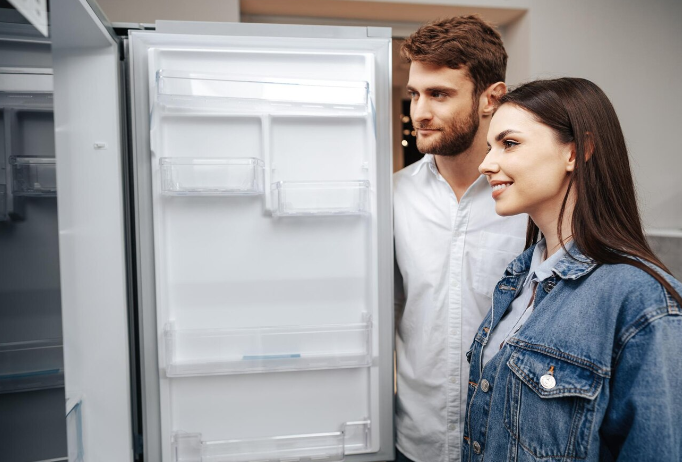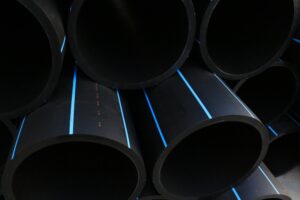Comprehensive Guide to Commercial Refrigeration Choices

Choosing the right refrigeration equipment is essential for any commercial kitchen, grocery store, or food service establishment. The proper refrigeration system ensures food safety, maintains quality, and enhances operational efficiency. This guide will provide you with an in-depth understanding of the different types of commercial refrigeration equipment, helping you make an informed decision for your business.
Types of Commercial Refrigeration Equipment
Reach-In Refrigerators and Freezers
Reach-in units are the backbone of many commercial kitchens. They are versatile, come in various sizes, and are suitable for storing frequently used ingredients.
Advantages:
- Easy access to contents.
- Available in single, double, and triple door models.
- Suitable for kitchens with moderate storage needs.
Considerations:
- Ensure adequate space for the unit.
- Regular maintenance is needed to ensure efficiency.
Walk-In Coolers and Freezers
Walk-in units are ideal for larger establishments that require significant storage space. They can be customized to fit the specific needs of a business.
Advantages:
- Large storage capacity.
- Customizable sizes and shelving options.
- Can store bulk quantities of perishable items.
Considerations:
- Higher initial investment and installation costs.
- Requires more space and energy to operate.
Undercounter Refrigerators and Freezers
Undercounter units are compact and designed to fit under work surfaces, making them perfect for kitchens with limited space.
Advantages:
- Saves space and provides convenient access.
- Ideal for bars, cafes, and small kitchens.
- Can be used for specific storage needs, such as beverage cooling.
Considerations:
- Limited storage capacity.
- May not be suitable for high-volume storage needs.
Prep Table Refrigerators
Prep table refrigerators combine storage and preparation space, featuring a refrigerated base and a work surface on top. They are essential in sandwich shops, pizzerias, and salad bars.
Advantages:
- Enhances efficiency by keeping ingredients within reach.
- Available with various configurations, including multiple compartments and drawers.
Considerations:
- Regular cleaning and maintenance are necessary.
- Ensure it fits the workflow and space of the kitchen.
Display Refrigerators
Display refrigerators are designed for showcasing products to customers. They are common in grocery stores, cafes, and bakeries.
Advantages:
- Attractively displays products.
- Encourages impulse purchases.
- Available in various styles, such as open-front, glass-door, and countertop models.
Considerations:
- Must maintain a consistent temperature to ensure food safety.
- Regular cleaning of display surfaces is required to maintain appeal.
Blast Chillers and Freezers
Blast chillers and freezers rapidly cool or freeze food, preserving its quality and extending shelf life. They are vital in maintaining food safety standards.
Advantages:
- Quickly reduces the temperature of cooked food, preventing bacterial growth.
- Ideal for batch cooking and food preservation.
Considerations:
- Higher cost compared to standard refrigeration units.
- Requires proper training for staff to use effectively.
2. Key Factors to Consider
Energy Efficiency
Energy-efficient refrigeration equipment can significantly reduce operational costs. Look for units with Energy Star ratings and consider the long-term savings on energy bills.
Size and Capacity
Choose refrigeration equipment that fits the available space and meets your storage needs. Assess the volume of food your business handles to select the appropriate capacity.
Temperature Control
Accurate temperature control is crucial for food safety. Ensure the unit has reliable thermostats and temperature monitoring systems.
Maintenance and Durability
Opt for equipment made from durable materials and with components that are easy to clean and maintain. Regular maintenance will extend the lifespan of the equipment and ensure optimal performance.
Brand and Warranty
Reputable brands often provide better reliability and customer support. Check the warranty terms to ensure coverage for potential repairs or replacements.
Conclusion
Selecting the right commercial refrigeration equipment is a critical decision that impacts the efficiency, safety, and profitability of your business. By understanding the various types of refrigeration units and considering factors such as energy efficiency, size, and maintenance, you can make an informed choice that meets your specific needs. Investing in the right refrigeration equipment will not only enhance your operational efficiency but also ensure the safety and quality of the food you serve to your customers.





